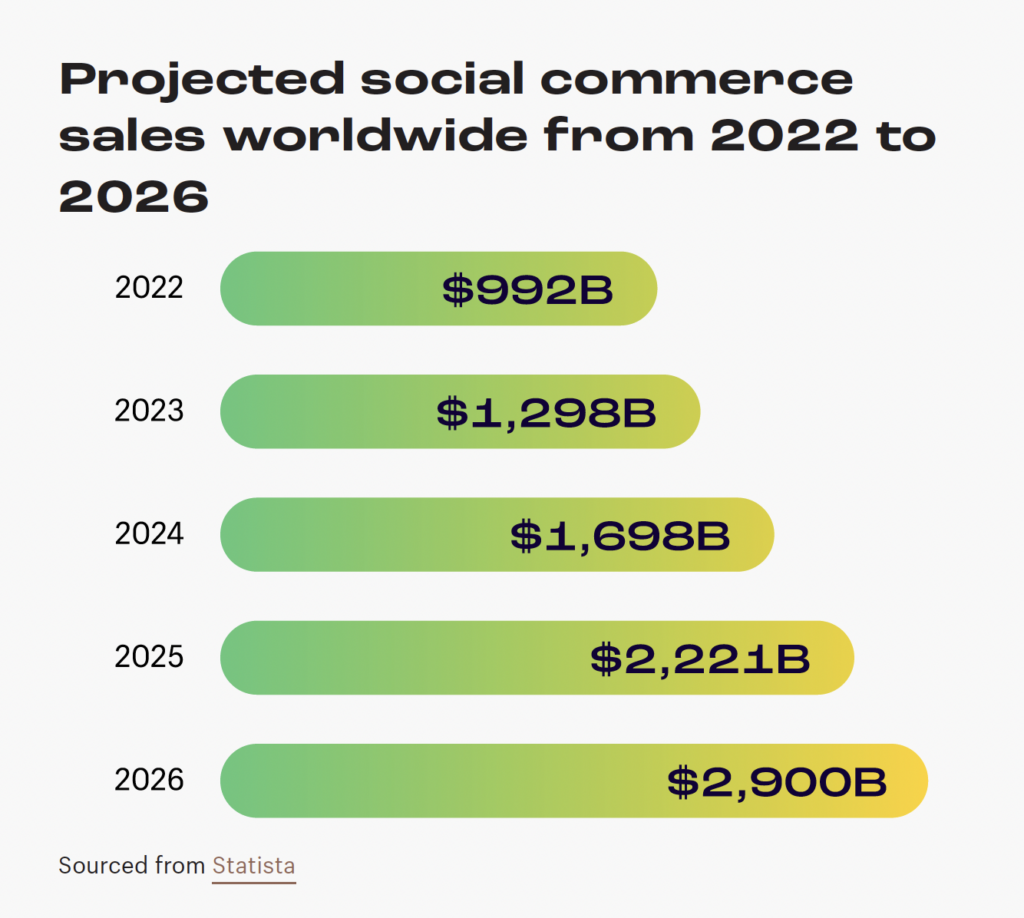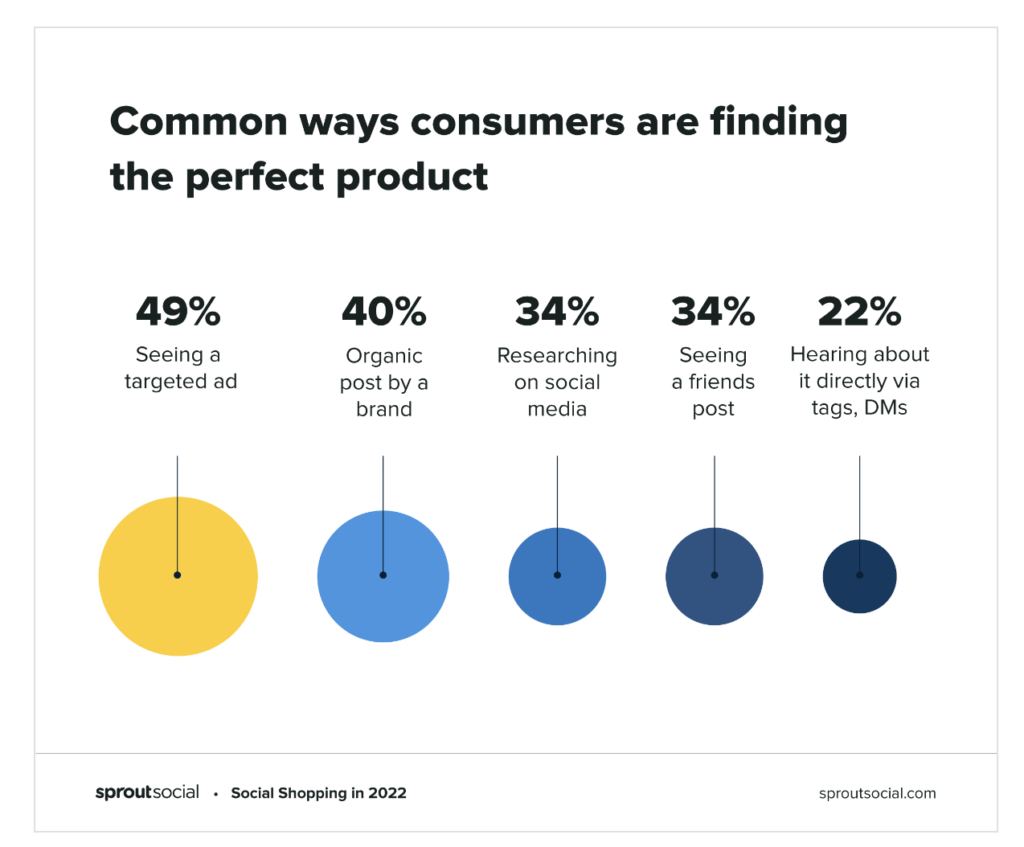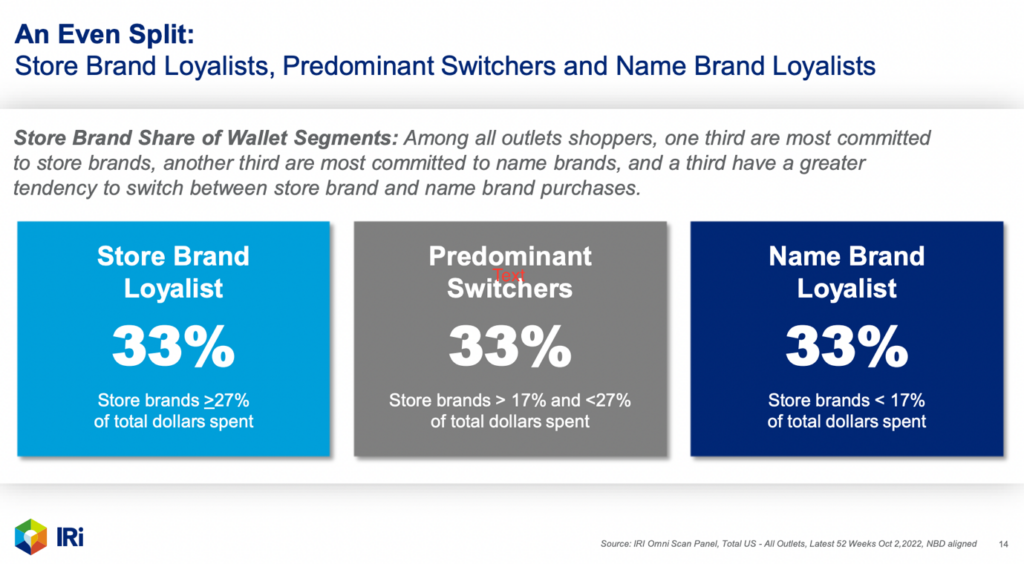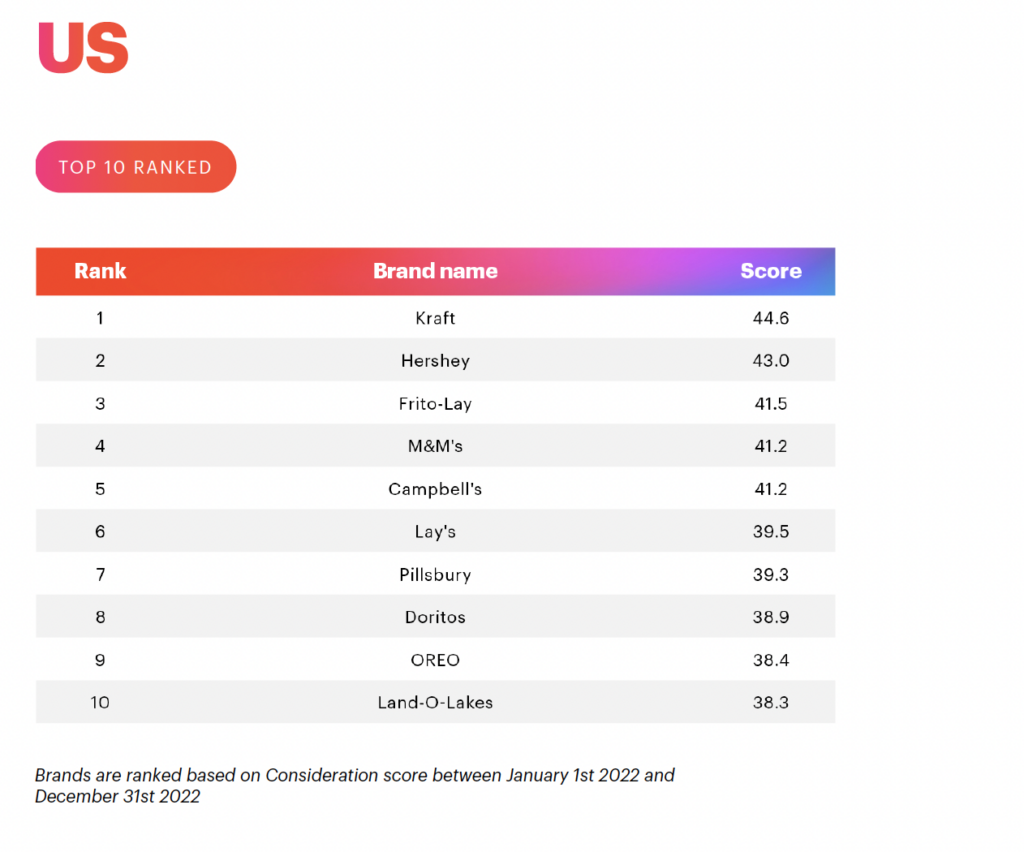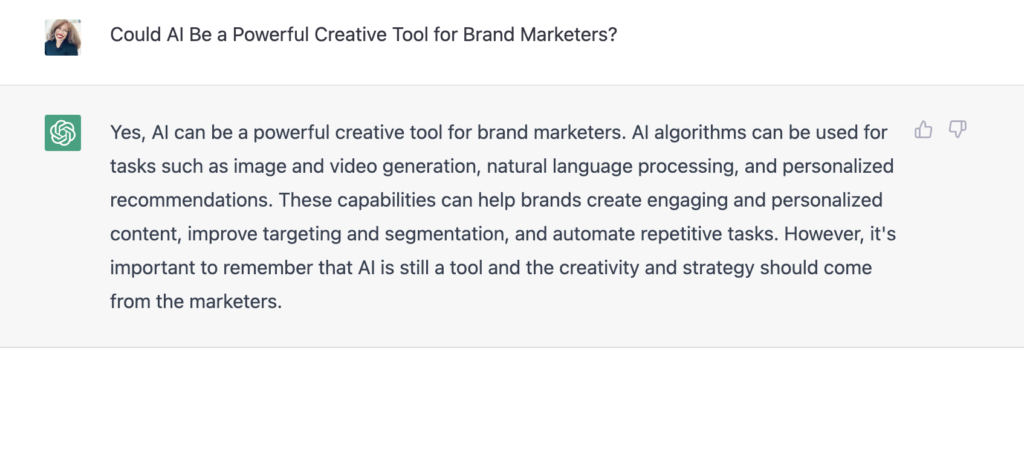In the new post-cookie landscape, zero-party data is becoming increasingly important for brand marketers. Below, we’ll look at some key zero-party data findings and some tips for launching your own zero-party data strategy.
A Zero-Sum Game: What Data Says About Consumer Spending
As consumers scrutinize their spending and look for value over brand awareness, brand equity and user experience are becoming more important to consumer choice.
“Spiraling inflation forced families to put discretionary purchases on hold and focus most of their spending on necessities,” Target CEO Brian Cornell stated recently. According to a 2023 PWC survey, 96 percent of global consumers have altered their spending habits to focus on value—necessities, and brands that offer the quality they seek in exchange for a fair price.
Although half of the 9,128 consumers surveyed across 25 countries reported that they were very or extremely concerned about their personal finances—70 percent stated that they would be willing to pay more, despite their financial concerns, for products that aligned with their personal beliefs.
“More than 70 percent said that ‘to some or to a great extent’ they’re willing to pay more for food produced by local farmers and for goods made by a company known for ethical practices, such as supporting human rights or avoiding animal testing,” the report stated.
That means as consumers shift spending to wholesale clubs and discount stores to conserve cash (per McKinsey), they are saving their pennies to buy brands or access experiences that have a perceived value that justifies a higher price—like a farm-to-table dinner or a high-end cosmetics. Despite its retro subtext, Estee Lauder’s famous “lipstick index” is still relevant. Lipstick and cosmetics sales – considered “affordable luxuries,” indicating mild consumer optimism, were up by over 40 percent in January as cosmetics shoppers embraced luxury brands.
According to a new global consumer survey from Deloitte, 77 percent of consumers have splurged in the last month on—wait for it—joy: brands and experiences that, according to research, make them feel in control, comforted, or excited.
Surveys also found that consumers are looking for that joy everywhere, showing a strong preference for omnichannel shopping that allows them to compare shopping experiences, product value and price and use those perceptions to deliver the best and most “frictionless” interactions with retailers.
User experience is also high on consumers’ brand or retailer differentiators list. A recent McKinsey survey showed that even online, when click-to-purchase was relatively effortless, 56 percent of digital shoppers who were unhappy with shopping experiences noticed poor user experiences or design. That means consumers—whether in-store or online—are sensitive to customer experience fails through the entire shopping journey, from onboarding to checkout, and retailers can’t afford to alienate price-sensitive shoppers when choices are so abundant.
All of the above insights came from zero-party data; information consumers readily gave to research firms in surveys. From opt-in forms to surveys to content personalization decisions, when consumers share data willingly, marketers can gain insights that can provide direction for new, revenue-focused marketing strategies.
TLDR: What It Means For Marketers
Brands or retailers that are capable of matching a consumer’s perception of value (“a combination of consumers ethical or social beliefs and their measurement of ‘value-for-money’) or meeting their criteria for delivering the kind of joy that justifies a splurge can drive sales, even in the shadow of inflation. That opens up new opportunities for marketers. The specifics of how these trends may impact your audience can be revealed through the use of zero-party data—information that is by nature regulatory compliant and offers deep, often irreproducible insights into customer preferences and motivations.
Three Quick-Start Strategies For Collecting Zero-Party Data
When composing your zero data strategy, make sure you direct your data collection efforts with a clear focus on the end goal: creating seamless content experiences that make your consumer want to share new data on a regular basis and feel rewarded for doing so. Here are some best practices tips:
Cross-channel integration: Combine data from multiple touchpoints, such as email, social media, and in-store interaction, through a single dashboard where it is possible to optimize your insights with additional data as it arrives in real-time.
Progressive profiling: Gradually collect more detailed information from customers over time, using a variety of data collection tools that automate data flow. Ensure that audience profiles and data handling practices remain compliant with data privacy mandates and agile to accommodate new data cuts or granular insights.
Partnerships and collaborations: Integrate data from trusted partners but ensure that their data-handling practices support data clean rooms or other modern compliance practices. “Go to the source” to ensure data-management visibility with all shared data tools or insights when working with new partners.
Once you’ve developed a method for collecting zero-party data, you’ll need to ensure you’re using it in a way that delivers optimal value.
How To Unlock Zero-Party Data’s Value
Here are three powerful ways to use zero-party data once you’ve integrated it with your marketing strategy:
Amplify audience segment accuracy. With deeper insights into what consumers may think when they purchase, you can uncover hidden trends that can help you target content and campaigns more accurately. For example, if you know that Gen Z consumers are more likely to splurge on higher-priced brands based on their data and preferences, allowing for targeted marketing campaigns that drive higher engagement and conversions.
Make personalization granular. By utilizing zero-party data, marketers can create highly personalized campaigns that resonate with individual shoppers – in a not-creepy way. For example, knowledge of a customers’ purchasing history and their generation would allow you to target them with content featuring “You might also like” product mixes that reflect a trending cultural moment—like Coachella—while highlighting your product’s value in comparison with a “Get the Look” promotion.
Optimize predictive analytics. Zero-party data adds context to your existing predictive analytics findings. While ad tech and audience management tools are creating powerful results for brand marketers, there are always deeper stories within the numbers. Zero-party data can help you sift through insights based on aggregate consumer data to find granular insights that support better marketing strategies based on an insider view of customer behavior and trends.
As your marketing mix plan evolves, ensure that the customer’s preferences, values and needs are at the forefront of every strategy.
